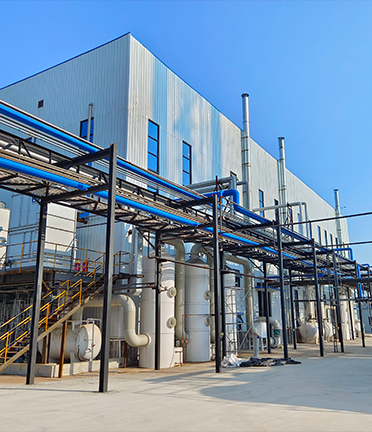Poly Aluminium Chloride Applications in Effective Wastewater Treatment Processes
Poly Aluminium Chloride in Wastewater Treatment
Wastewater treatment is a critical component of environmental management, serving to protect public health and preserve natural ecosystems. Among the various coagulants used in the treatment process, Poly Aluminium Chloride (PAC) has emerged as a widely employed agent due to its effectiveness and efficiency in purifying water. This article explores the role of PAC in wastewater treatment, its advantages, and its impact on the environment.
Poly Aluminium Chloride is a water-soluble, inorganic polymer compound, often found in powdered or liquid form. Its unique chemical structure, which includes multiple aluminium cations, enables it to destabilize colloidal particles in water, facilitating their aggregation and subsequent removal. This property is particularly beneficial in treating industrial effluents, municipal wastewater, and various forms of contaminated water.
One of the prominent advantages of PAC over traditional coagulants like aluminum sulfate is its superior performance across a wide range of pH levels. PAC exhibits an effective coagulation capacity even in acidic or alkaline conditions, which is often encountered in wastewater. The ability to operate effectively under varying pH levels makes PAC a versatile choice for diverse wastewater treatment scenarios.
In addition to its pH adaptability, PAC demonstrates a lower dosage requirement compared to conventional aluminum salts. This characteristic not only leads to cost savings in the treatment process but also reduces the formation of sludge. The reduction of sludge production is significant, as excessive sludge can complicate the treatment process and increase operational costs. Furthermore, the smaller amount of sludge generated requires less frequent handling, disposal, and treatment, thereby minimizing the environmental impact.
poly aluminium chloride in wastewater treatment

The rapid settling properties of the flocs formed by PAC also contribute to its effectiveness in wastewater treatment. The formation of dense and compact flocs allows for quicker sedimentation, leading to faster clarification of treated water. This expedited settling process enhances the overall efficiency of the wastewater treatment plant, reducing the time and energy required for the treatment cycle.
Moreover, PAC is recognized for its enhanced removal rates of pollutants. Studies have shown that PAC effectively reduces turbidity, suspended solids, and even certain types of phosphates and heavy metals from wastewater. This is crucial, especially for industries that discharge high loads of contaminants, as it helps to meet regulatory standards and protects receiving water bodies from pollution.
Despite its numerous advantages, the use of Poly Aluminium Chloride is not devoid of environmental considerations. The use of aluminum-based coagulants has raised concerns about the potential release of aluminum ions into the treated water, which can be harmful to aquatic life if released in significant quantities. It is essential to carefully monitor and manage the dosage of PAC to mitigate any negative effects on the ecosystem.
Furthermore, the production of PAC and its application in treatment processes should adhere to environmental regulations and best practices. The development of greener alternatives or modifications to the existing formulations can help minimize environmental impact and enhance sustainability in wastewater management.
In conclusion, Poly Aluminium Chloride serves as a highly effective coagulant in wastewater treatment, offering advantages such as versatility across pH levels, reduced sludge production, rapid floc settling, and effective removal of contaminants. As industries and municipalities seek to improve water treatment processes and minimize environmental footprints, understanding the role of PAC in wastewater treatment becomes increasingly vital. With continued research and innovation, PAC can be utilized to enhance water quality and contribute to sustainable water management practices, ultimately benefiting both society and the environment.
-
Pbtc Scale InhibitorPBTC: A Scale Protector for Industrial Water TreatmentNewsAug.05,2025
-
Organic Phosphonate: An Efficient Defender in the Field of Scale InhibitionNewsAug.05,2025
-
Hydrolyzed Polymaleic Anhydride: Green Pioneer in Scale Inhibition FieldNewsAug.05,2025
-
PAPEMP Polyamino Polyether Methylene Phosphonic Acid For SaleNewsAug.05,2025
-
Flocculant Water Treatment: A Pioneer in Purification in the Field of Water TreatmentNewsAug.05,2025
-
Benzyl Isothiazolinone: An Efficient and Broad-Spectrum Antibacterial Protective GuardNewsAug.05,2025





